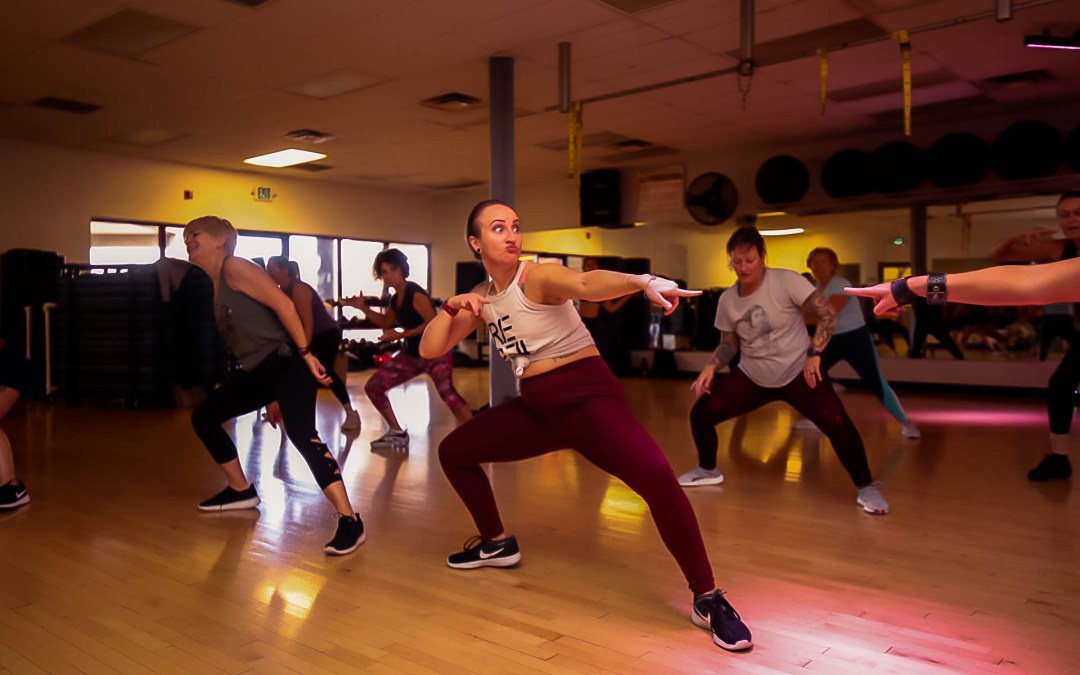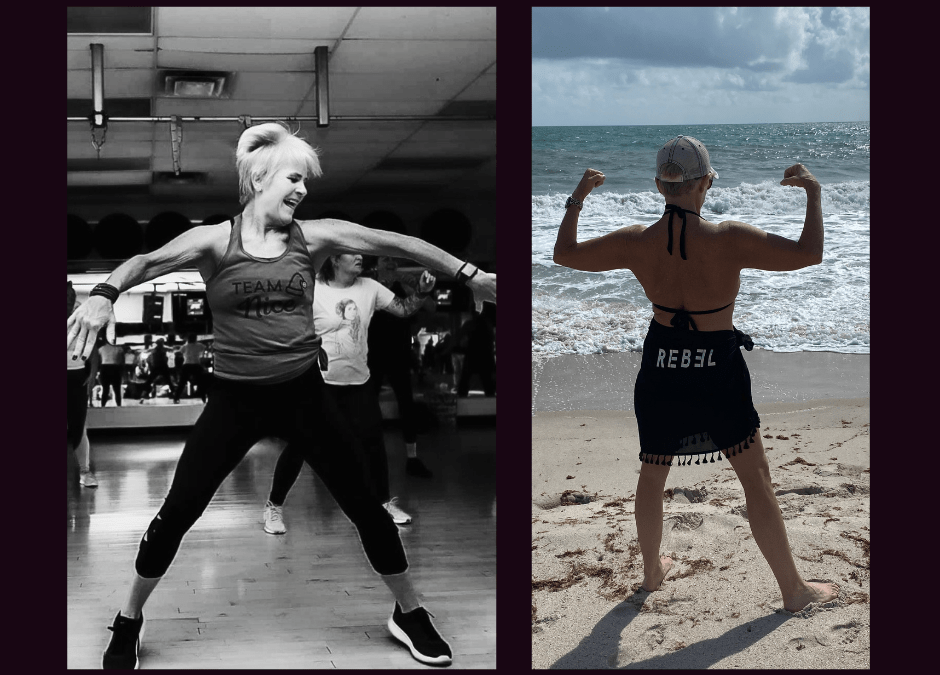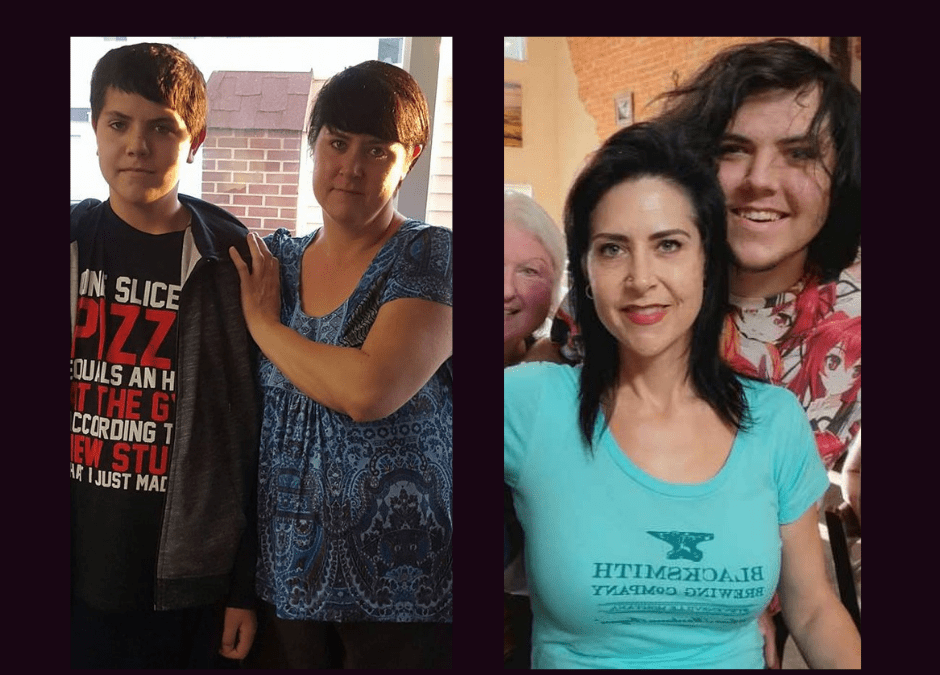RESISTANCE TRAINING
Want to improve your body, increase strength and function, and increase your metabolism? Add resistance training. The American College of Sports Medicine recommends at least two sessions of resistance training per week utilizing exercises that target all of the major muscle groups. The major muscle groups are: chest, back, shoulders, arms, abdominals, and legs. Resistance training, or strength training, is defined as exercise that involves the muscles contracting against an external resistance which leads to improve strength and muscle endurance. The external resistance can be essentially anything. For example: dumbbells, bands, household goods, barbells, kettle bells, sandbags, or even small children! You get the picture.
RESISTANCE TRAINING LEADS TO CHANGES BY CAUSING MICROSCOPIC TEARS TO THE MUSCLE FIBERS WHICH ARE THEN REPAIRED, BECOMING STRONGER.
It is after the training that the repair process occurs so that is why rest and recovery between heavy strength training sessions are necessary. Typically, 48 hours between sessions is recommended. Muscle contractions can be described in the following three ways: concentric (shortening), eccentric, (lengthening) and isometric (static length).
Concentric occurs when the muscle shortens pulling the ends closer together like a typical biceps curl. Eccentric is the lengthening phase that typically follows, such as lowering the forearms back down in the curl. Isometric is without movement like a plank. Wonder why your quads get sore after running down stairs or a mountain? It’s the eccentric contraction of the quadriceps muscles as they lengthen and keep you from falling on your face! Eccentric movements create more micro tears in the muscles which leads to the soreness.
Eccentric movement is used for rehabilitation after an injury as we can typically handle 140% of our concentric strength on the eccentric movement. You can build strength doing isometrics, but you only build strength in that one position and not throughout the whole range of motion. Therefore it has a place in exercise, but has its limits.
NEED MORE CONVINCING TO ADD RESISTANCE TRAINING TO YOUR FITNESS PROGRAM?
The following are more reasons to do so:
- Muscle fibers decline with age but you can reverse this by building more muscle mass and strength through resistance exercise.
- Resistance exercise helps build bone by the pull or stress on the bone from the muscles. This leads to a decreased risk of osteoporosis.
- Resistance training can assist in lowering blood pressure.
- Resistance training leads to greater strength which is associated with fewer falls in the elderly. In fact, this has been shown to be a more important factor than balance training in order to prevent falls.
- The more muscle mass, the greater the metabolic rate, so this helps with maintaining body weight.
- The stronger you are the more fun things you can do. In other words, it improves your function in life.
It is recommended that you perform 8-10 exercises addressing the major muscle groups and typically 8-12 reps to fatigue, 2-3 days per week. These recommendations are for a beginner. Obviously, different rep ranges can be utilized, but this is a place to start. Multiple sets per exercise can lead to additional gains to a certain point. The resistance training sessions need to be progressive. In other words, you need to overload the muscle. Once a weight becomes too easy at a given number of repetitions, you will either need to increase the weight or the number of reps or decrease the rest time between sets, depending upon your goals. In general, large muscle groups are worked first so that you do not fatigue the small muscles, which would limit your ability to do heavier work for the larger muscle groups. For example, if you work the triceps first and tire them out this will decrease your ability to perform the weight press exercise.
Here are some examples of exercises for the different muscle groups:
- Chest: Bench press, dumbbell flys.
- Shoulders: Lateral raises, upright rows.
- Back: Bent over rows, lap pulldowns, pullups.
- Arms: Biceps curls, cable, triceps pressdowns, triceps kickbacks.
- Abdominals: Plank, crunches, roll-outs.
- Leg: Squats, dead lifts, leg curls, leg extensions.
NOTICE THAT ALL THESE MOVES ARE INCORPORATED IN A REB3L STRENGTH CLASS! WHAT ARE YOU WAITING FOR? GET STARTED NOW AND ROCK THAT LBD!
Written by amazing REB3L Groove Instructor Allie Fall, M.D.
Allie is a physician specializing in Physical Medicine and Rehabilitation. Her clinical practice consists of diagnosing and treating musculoskeletal and neurologic injuries. She has over 30 years experience in the fitness industry as an instructor, gym owner, NPC physique competitor and REB3L Groove instructor.



